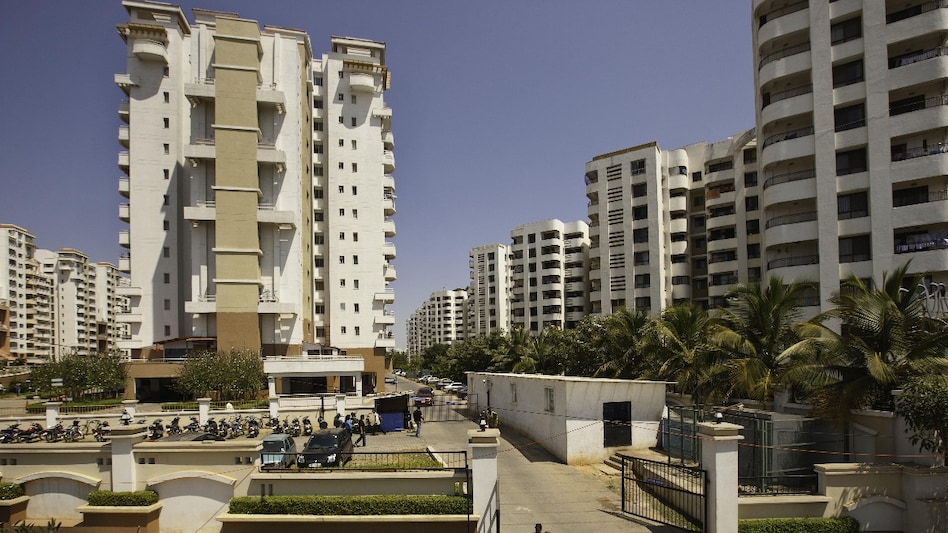 And hidden frictions—EMIs on unfinished units, 6–7% stamp duty, capital gains taxes, and rental vacancies—can eat into returns.
And hidden frictions—EMIs on unfinished units, 6–7% stamp duty, capital gains taxes, and rental vacancies—can eat into returns.
 And hidden frictions—EMIs on unfinished units, 6–7% stamp duty, capital gains taxes, and rental vacancies—can eat into returns.
And hidden frictions—EMIs on unfinished units, 6–7% stamp duty, capital gains taxes, and rental vacancies—can eat into returns.While most Indian investors chase double-digit returns through mutual funds, some like are quietly compounding wealth through strategic real estate plays—earning 18–22% IRR, according to Sujith SS, founder of Moneydhan.
In a detailed LinkedIn post, Sujith SS unpacked how India’s emerging wealthy are increasingly leveraging early-stage property investments to beat traditional returns. “While mutual fund investors celebrate 12% CAGR over 10 years… Let's say Riya quietly crosses 18–22% IRR by compounding hard assets,” he wrote, narrating a real client case study.
The story begins in Year 0 with Riya buying two under-construction flats in Gurgaon, each priced at ₹1.2 crore—roughly 20% below ready-to-move properties in the area.
Her payment plan was staggered: 10% at booking, 30% at successive construction milestones, and no loan disbursement or EMI initially.
By Year 2, as the tower rises, prices inch to ₹1.4 crore amid increasing NRI and broker interest. In Year 3, as possession nears, her flat’s market value hits ₹1.75 crore. She sells one unit for a ₹50 lakh gain and rents the other, locking in a 6% rental yield and using it to refinance at favorable rates.
The kicker? She reinvests the sale proceeds into a pre-leased commercial unit on NH8, which immediately generates 8% annual returns.
“This isn’t random investing. This is a structured wealth play,” Sujith wrote, outlining how such investors repeat the cycle every 7–10 years: buy early, wait for value unlock, exit or convert into rental, and shift gains into higher-yield commercial assets.
But Sujith also emphasized the risks. Delays in delivery, lack of market appreciation, legal disputes, and poor-quality commercial assets can all derail this strategy.
And hidden frictions—EMIs on unfinished units, 6–7% stamp duty, capital gains taxes, and rental vacancies—can eat into returns.
Still, with due diligence, Sujith argues, this is how India’s “new-age rich” are playing the long game.